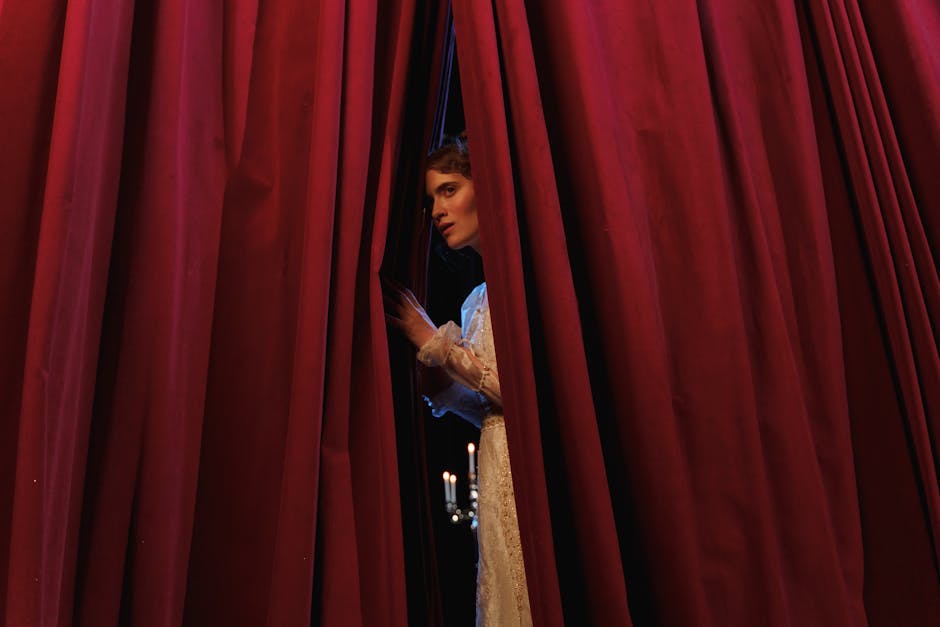⏱️ 5 min read
Did You Know? 12 Behind-the-Scenes Facts About Star Wars
The Star Wars saga has captivated audiences for generations, but behind the magical world of Jedi, Sith, and intergalactic adventures lies a fascinating collection of production secrets and surprising facts. Here are twelve incredible behind-the-scenes revelations that showcase the ingenuity, challenges, and sometimes accidental brilliance that went into creating this iconic franchise.
1. The Birth of Chewbacca’s Voice
Chewbacca’s distinctive voice was created by sound designer Ben Burtt by mixing various animal sounds. The base came from recordings of bears, but also included walruses, lions, and even a sick camel. Burtt would spend hours mixing these sounds to create Chewie’s emotional responses, establishing one of cinema’s most recognizable non-verbal characters.
2. The Original Millennium Falcon Design
The original design for the Millennium Falcon was completely different from what we know today. It was more cylindrical and resembled what would later become the Rebel Blockade Runner. George Lucas changed the design when he realized it was too similar to a ship in the TV series “Space: 1999.” The now-iconic hamburger shape was inspired by a half-eaten hamburger Lucas was having for lunch.
3. Vader’s Breathing Apparatus
Darth Vader’s infamous breathing sound was created using a SCUBA regulator. Ben Burtt recorded himself breathing through the device and modified it slightly to create the ominous mechanical breathing that would become synonymous with the Dark Lord of the Sith. The sound was deliberately made rhythmic to create tension in scenes where Vader appears.
4. Yoda’s Original Concept
Originally, Yoda was planned to be played by a monkey wearing a mask and carrying a cane. The idea was quickly abandoned when test footage showed the monkey kept removing its mask and playing with the cane instead. Stuart Freeborn then created the puppet that Frank Oz would bring to life, basing Yoda’s face partially on Albert Einstein’s features.
5. The Hidden Translation of “Ewok”
The word “Ewok” is never actually spoken in “Return of the Jedi.” The name only appears in the credits and marketing materials. George Lucas created the Ewoks based on the Miwok Native American tribe, who lived in the Northern California redwood forests where much of the Endor scenes were filmed.
6. Harrison Ford’s Improvisation
The famous “I love you”/”I know” exchange between Han and Leia wasn’t in the original script. The original dialogue had Han responding “I love you too,” but Harrison Ford felt it wasn’t in character. After multiple takes, director Irvin Kershner allowed Ford to improvise, resulting in one of the most memorable lines in the series.
7. The Secret of the Storm Troopers
In the original trilogy, most Storm Troopers were left-handed. This was because of how the E-11 Blaster props were constructed. The magazine well on the Sterling submachine guns used as the base for the props was on the left side, making it more comfortable for extras to hold them as left-handed weapons.
8. R2-D2’s Forgotten Actor
Kenny Baker, who played R2-D2, actually fainted several times inside the droid costume during filming in Tunisia. The metal costume would heat up so much under the desert sun that crew members had to rush to get him out between takes. Despite these challenges, Baker continued playing R2-D2 throughout the original trilogy.
9. The Wilhelm Scream Tradition
Every Star Wars film in the original and prequel trilogies contains at least one instance of the “Wilhelm Scream” – a stock sound effect first used in 1951. Sound designer Ben Burtt made it his signature to include this iconic scream, usually when a Storm Trooper falls from a great height.
10. Lightsaber Special Effects
The iconic lightsaber glow wasn’t added with computer effects in the original trilogy. The effect was achieved by coating wooden dowels with a retroreflective material similar to that used in movie screens. A light source mounted next to the camera would reflect off the material, creating the glowing effect. This was then rotoscoped in post-production.
11. The Origin of “Star Wars”
George Lucas originally wanted to make a Flash Gordon movie but couldn’t get the rights. This led him to create his own space opera, initially titled “The Star Wars” and later simplified to “Star Wars.” The first rough draft was vastly different, featuring a character named Kane Starkiller and lacking many of the elements that would make the final film iconic.
12. Casting Alternatives
Several well-known actors almost played main characters in Star Wars. Christopher Walken was considered for Han Solo, while Burt Reynolds and Al Pacino turned down the role. For Luke Skywalker, William Katt was a serious contender, and Laverne & Shirley’s Cindy Williams nearly played Princess Leia.
These twelve behind-the-scenes facts demonstrate the incredible amount of creativity, innovation, and sometimes serendipity that went into creating one of cinema’s most beloved franchises. From technical innovations to last-minute creative decisions, Star Wars continues to fascinate audiences both on and off the screen, proving that the magic of moviemaking often lies in the details we don’t see.


